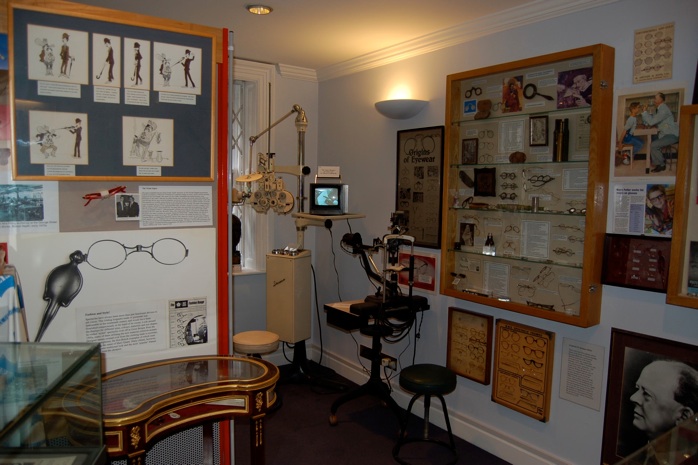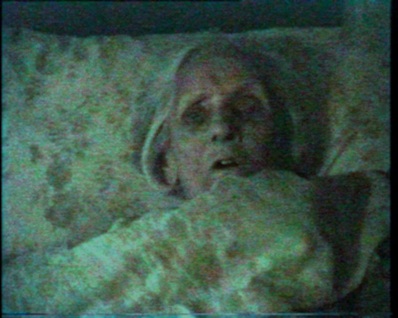Saturday, 1 October 2011

The Ghost and the Hymn


Click on above image to view the video ‘Hymn’.
Above is a still from my show, Micromuseum of Optography, at the British Optical Association Museum. A small monitor was situated in the centre of the picture playing a video loop of ‘Hymn’ and ‘The Human Optogram Documentary’.
At some point during my six month Micromuseum of Optography, at the British Optical Association Museum, Ali Hossaini visited the show and, when I was in the adjoining room to Ali he appeared to have witnessed an apparition of a man wearing a tricorne hat appearing briefly above the video of my grandmother (Hymn). He mentioned this observation to me apparently without knowledge of the well known Craven Street Ghost sightngs in the very same rooms in the Eye Museum. I also had no previous knowledge of the ghosts until Neal Handley informed me of the fact. At the time we became very excited, rushing up to the security monitors at the entrance of the building to see if we also could catch a sighting. Unfortunately we saw nothing.
See link below for:
Derek Ogbourne
Exact transcript of ‘HYMN’ video loop
[Blue above indicates background TV]
Edith Elisabeth Ogbourne (1898 - 1996)
Hymn
ART THOU WEARY, ART THOU LANGUID?
Art thou weary, art thou languid,
Art thou sore distressed?
“Come to Me,” saith One, “and coming,
Be at rest.”
Hath He marks to lead me to Him,
If He be my Guide?
In His feet and hands are wound prints
And His side.
Hath He diadem, as monarch,
That His brow adorns?
Yes, a crown in very surety,
But of thorns.
If I find Him, if I follow,
What His guerdon here?
Many a sorrow, many a labor,
Many a tear.
If I still hold closely to Him,
What hath He at last?
Sorrow vanquished, labor ended,
Jordan passed.
If I ask Him to receive me,
Will He say me nay?
Not till earth and not till Heaven
Pass away.
Finding, following, keeping, struggling,
Is He sure to bless?
Saints, apostles, prophets, (Life is) martyrs, (ed in the end)
Answer, Yes!
John M. Neale (1818-1866)
Words: Stephen of Mar Saba (Judea), 8th Century (Κόπον τε καὶ κάματον); translated from Greek to English by John M. Neale in Hymns for the Eastern Church, 1862. Neale gave it the unusual title Idiomela, in the Week of the First Oblique Tone. However, Neale later said these lyrics contained little of the original Greek version. This hymn was sung in the 1940 movie Our Town, which was nominated for several Academy Awards.
Music: Stephanos Henry W. Baker, 1868 (♫ ). The tune is named after the hymn’s original author, a nephew of John of Damascus. Alternate tunes:
